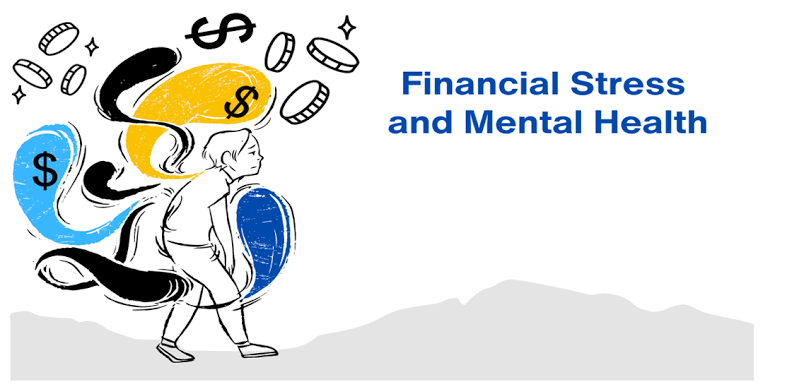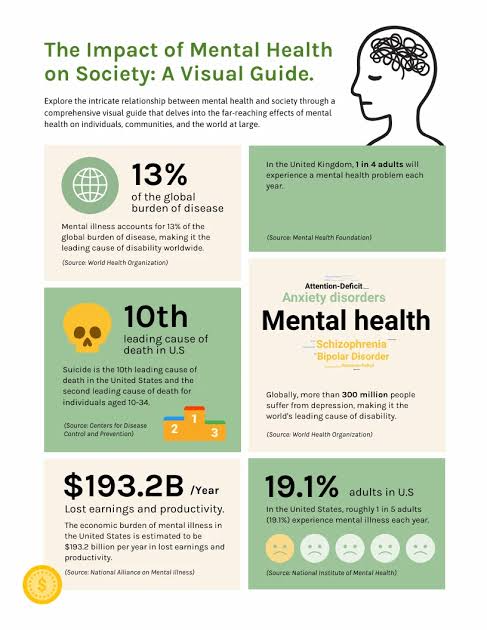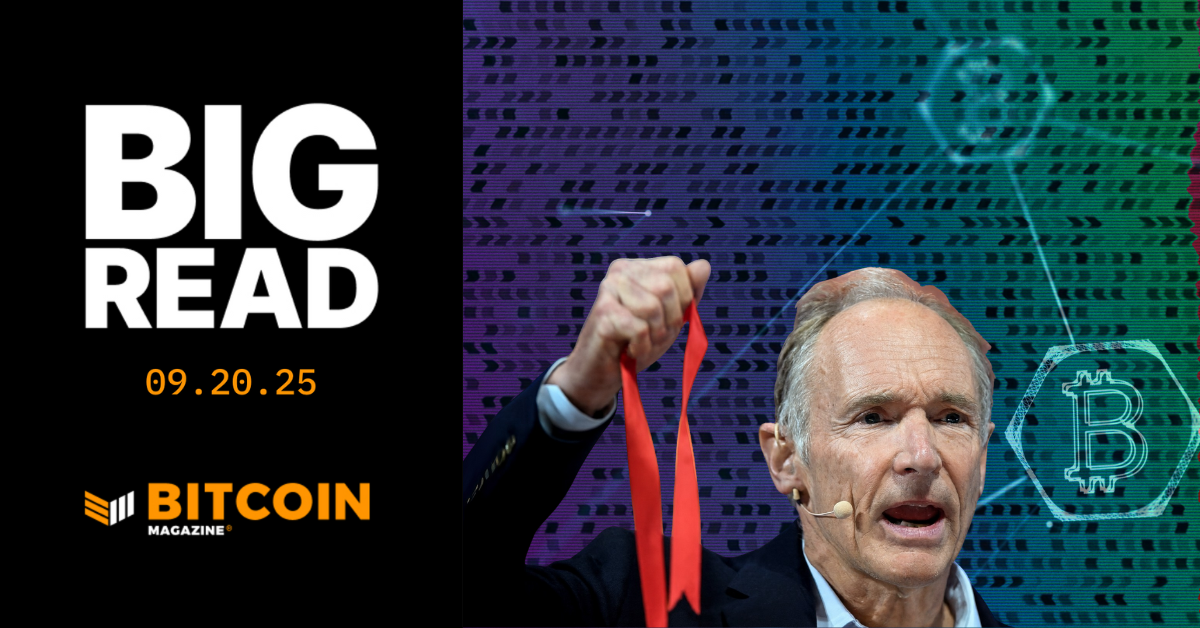Why Neglecting Mental Health is a Company's Most Expensive Oversight

Over the years workplace burnout has been seen as a problem of productivity and turnover. We talk about the cost of recruitment, the drag on output, and the loss of institutional knowledge when an employee leaves. But that's only part of the story.
Beneath the surface of every burned-out employee is a person battling a silent and insidious decline in their mental health. This decline manifests as anxiety, depression, and chronic stress.
This neglect's financial and human costs are far more significant than most businesses realize. By viewing burnout as a medical and psychological crisis, not just a management issue, companies can reframe their approach from reactive damage control to proactive, preventative care.
The Unavoidable Connection: Burnout as a Precursor to Mental Illness

Source: Google
The word “burnout” is thrown around so casually that it's lost much of its power. We say we're “burned out” after a long week or a big project. But true burnout is a serious, clinical condition with well-defined symptoms.
Researchers Christina Maslach and Susan Jackson first identified its three core dimensions:emotional exhaustion, which is the feeling of being drained and depleted of emotional resources; cynicism or depersonalization, which involves a detached and callous attitude towards one’s job and colleagues; and a lack of professional efficacy, which is the feeling of being ineffective and lacking accomplishment.
These aren't just work-related frustrations; they are powerful drivers of clinical anxiety and depression. The World Health Organization officially recognized burnout in its International Classification of Diseases, defining it as an occupational phenomenon resulting from chronic workplace stress that has not been successfully managed.
The chronic stress of burnout fundamentally alters brain chemistry and function. It keeps the body in a constant state of “fight or flight,” flooding the system with cortisol and adrenaline. Over time, this chronic activation wears down the brain’s ability to regulate mood and emotion, making an individual more vulnerable to developing a clinical mental health disorder.
Numerous studies have drawn a direct line from prolonged burnout to higher rates of anxiety, major depressive disorder, and even substance abuse. A 2029 study published in the Journal of Applied Psychology found that employees reporting high levels of emotional exhaustion were three times more likely to be diagnosed with depression within the next year. This link is not coincidental; it is a clear cause-and-effect relationship that business leaders can no longer afford to ignore.
The Financial Toll of Mental Illness in the Workplace.

Source: Google
Moving from the qualitative to the quantitative, let's break down the hard numbers associated with poor mental health. These costs are often hidden, buried in different budget lines, and underestimated.
Increased Healthcare & Disability Costs
When employees' mental health deteriorates, their physical health often follows. Chronic stress and anxiety are linked to a host of physical ailments, including heart disease, digestive problems, and a weakened immune system. This translates directly into higher healthcare costs for companies.
Data from the Centers for Disease Control and Prevention indicate that people with depression have higher rates of hospital visits and emergency room use. The cost of mental health treatment, medication, and long-term disability claims for conditions directly exacerbated by burnout represents a significant, and often-rising, expense for businesses.
Companies that fail to invest in proactive mental health support often end up paying far more on the back end for reactive medical care and disability leave.
The Cost of "Presenteeism"
Presenteeism, the act of showing up to work while mentally incapacitated by stress, anxiety, or depression is a massive hidden drain on resources. Unlike absenteeism, where the cost is easy to calculate, presenteeism is insidious. A person might be at their desk for eight hours, but they are distracted, unfocused, and producing a fraction of their normal output.
They make more mistakes, they miss important details, and their lack of engagement drags down team morale. Researchers at the University of Michigan found that productivity loss from presenteeism is 10 times greater than the loss from absenteeism.
While the numbers are harder to pin down, many economists estimate the cost of presenteeism to be in the hundreds of billions annually for the U.S. economy alone.
Higher Absenteeism: Beyond presenteeism, the impact of mental health on attendance is clear. The World Health Organization estimates that depression and anxiety disorders cost the global economy $1 trillion each year in lost productivity due to absenteeism.
Employees suffering from mental health issues take more sick days, not just for their mental health, but for the physical ailments that arise from chronic stress. These absences aren't just inconvenient; they disrupt workflows, delay projects, and place extra pressure on already overworked colleagues, creating a vicious cycle of burnout.
The Broader Societal and Reputational Impact.

Source: Google
The issue of burnout extends far beyond the walls of a single company; it's a societal problem. A company’s reputation for neglecting mental health can have a profound impact on its ability to attract and retain top talent, especially among younger generations who prioritize well-being.
In an era of online reviews on platforms like Glassdoor and LinkedIn, a reputation for a toxic, high-burnout culture spreads quickly. This “talent tax” makes it harder and more expensive to recruit skilled employees.
Today's job seekers are asking about mental health benefits, flexible work policies, and work-life balance in interviews. A company that treats mental health as a mere afterthought will find itself losing the war for talent to competitors that have made it a core part of their brand identity.
From Band-Aids to Systemic Solutions
The solution is not more generic wellness programs or a free subscription to a meditation app. These are tactical band-aids that fail to address the systemic issues causing the problem. Leaders must adopt a strategic, preventative approach.
Training Managers as Mental Health First Responders: Managers are on the front lines, and they are often the first to notice a change in an employee's behavior. Companies need to train managers not just on metrics and goals, but on emotional intelligence and mental health literacy.
This means equipping them to recognize the early signs of distress, initiate supportive conversations, and know when to refer an employee to professional resources. It’s about building a culture where a manager's role includes caring for the well-being of their team, not just their output.
Normalizing Mental Health Conversations: The stigma surrounding mental health remains a major barrier. Leaders must lead by example, openly discussing their own struggles with stress and encouraging employees to seek help.
Creating a culture where it is safe to talk about mental well-being without fear of judgment or professional repercussions is crucial. This can be done through company-wide communications, town halls, and by senior leaders modeling vulnerability. When employees feel they can be honest about their struggles, they are more likely to seek help before a crisis point is reached.
Strategic Workload Management: The ultimate solution lies in addressing the root causes of burnout: an unsustainable workload, unreasonable deadlines, poor communication, and a lack of autonomy.
Leaders must implement policies that prevent these issues from arising in the first place. This means empowering teams to have a say in their project timelines, promoting clear and transparent communication channels, and giving employees the freedom to manage their own work in a way that is sustainable for them.
Offering Accessible and Comprehensive Support: Finally, companies must provide robust and easy-to-access mental health support. This means more than just a vague Employee Assistance Program (EAP). It means partnering with mental health providers who offer a variety of services, including therapy, coaching, and peer support groups.
It also means offering flexible leave policies that are actually utilized, without employees feeling penalized for taking time off for their mental health.
A Strategic Investment, Not a Moral Obligation
The COVID-19 pandemic and the shift to remote work have put mental health front and center.
Employees are no longer willing to sacrifice their well-being for their jobs. This article provides leaders with a new vocabulary and a compelling business case for why they must prioritize mental health.
It reframes the conversation from a moral obligation to a strategic investment, proving that taking care of your people is not just the right thing to do, it's the only sustainable path to long-term success.
You may also like...
Maguire Snubs Saudi Riches, Poised for Major Man Utd Role & New Deal

Harry Maguire is reportedly prepared to turn down a staggering £500,000-a-week deal from Saudi Arabian clubs in favor of...
Taylor Swift Endorses Thriller Series, Amasses 25 Million Viewers and Dominates Streaming

Taylor Swift has revealed her love for "The Girlfriend," a gripping Prime Video series that explores the toxic dynamic b...
Hollywood Mourns Legend: Oscar Winner Diane Keaton Dies at 79, Tributes Flood In

Hollywood is mourning the loss of Oscar-winning actress Diane Keaton, who has passed away at 79. Renowned for iconic rol...
Hollywood Icon Diane Keaton Dead at 79: A Storied Career and Private Struggles Remembered

Hollywood icon Diane Keaton has passed away at 79, leaving behind a celebrated career in films like 'The Godfather' and ...
Nigerian Entertainment Under Siege: Regulators Unite to SMASH Digital Piracy!

The National Film and Video Censors Board (NFVCB) and the Nigerian Copyright Commission (NCC) are strengthening their co...
Unlock Youthful Skin: Expert Reveals 4 Winter Skincare Mistakes Silently Ageing You

A skincare expert reveals common winter mistakes that accelerate skin aging and enhance wrinkles. From skipping SPF and ...
Côte d'Ivoire Presidential Race Ignites Amid Escalating Tensions

Cote d'Ivoire's presidential election campaign has officially begun, with five candidates vying for votes ahead of the O...
Multichoice's DSTV/GoTV Sparks Outcry with Imminent 2024 Price Hike

MultiChoice, DStv's parent company, is planning further "inflationary" price hikes across its African subsidiaries in 20...




